Hello again, dear seamen! Spring’s here! 🌷 Birds are singing, bugs are coming from all around, allergies are flaring up… There’s no better time than now to have a later celebration of one of the world’s oldest festivities: Spring Equinox and honour the ancient goddess of Ostara.
Related to Easter for this goddess Anglo-Saxon name; Eostre, it’s so little we know about the ancient festivity of Ostara besides that it may have been the first Spring Equinox tradition in Europe, being its origins in the Germanic tribes, later adopted by Saxons and Vikings among others. As a celebration of life, Ostara takes place at the exact moment when the hours of sunlight perfectly match those of moonlight, before the days get longer. As a representation of winter’s end, she’s the deity of dawn and is celebrated to bring fertility, renewal and rebirth. It’s better known that symbols were the Moon, an ancient popular icon of fertility, femininity and an important emblem of the Celtic calendar; the Hare, a fecundity symbol, specially in March –male hares could be seen jumping around wildly and acting crazy; it’s where the phrase “Crazy as a March hare” comes from–, which derives from a popular legend that tells that Ostara found a wounded bird late in winter and to save its life, she transformed it into a hare, but the transformation wasn’t complete so it kept the ability to lay eggs... In gratitude, the hare would decorate these eggs and leave them to Ostara; and so we have the third icon, the Eggs, a representation of birth.
We, of course, have a Guzbourine Universe for our boys to celebrate this fest too, but not as Germanic but Icelandic Vikings seiðmenn (sorcerers). Vikings adopted this celebration to them to their own gods, honouring Frejya as representative of femininity and love, as well as Thor and Frey, fertility gods to whom they thanked for the year’s renewal. They name it Sigrblót, a time for the summer blót (sacrifice), the first of the warm season, dedicated to victory in war and good luck on journeys and marked the end of the winter fishing season. In the Viking version of the fest, celebrations included not only the sacrifice of prized livestock to the gods but large feasts outdoors as well. The blood was sprinkled on the gods’ statues, on the walls and on the participants themselves. Fruity and sparkling drinks like hydromel and ale filled the meals, and at night was time for large bonfires and dancing. Saying the old prayer “Til árs ok friðar”, “For a good year and frith (peace)”, they asked for fertility, good health, a good life, peace and harmony between the people and the powers.
You’ll get to know more about this Guzbourine Universe: “Ice-Blue Wolf” in future posts. Hope you like it!

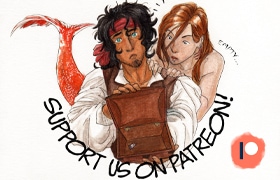
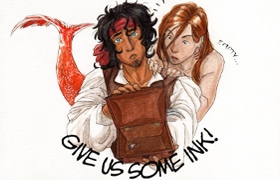
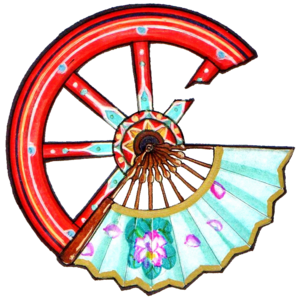


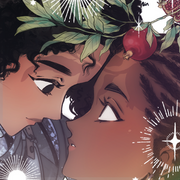
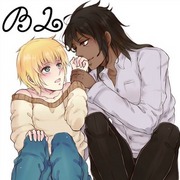

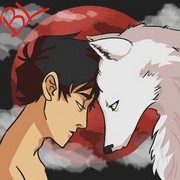

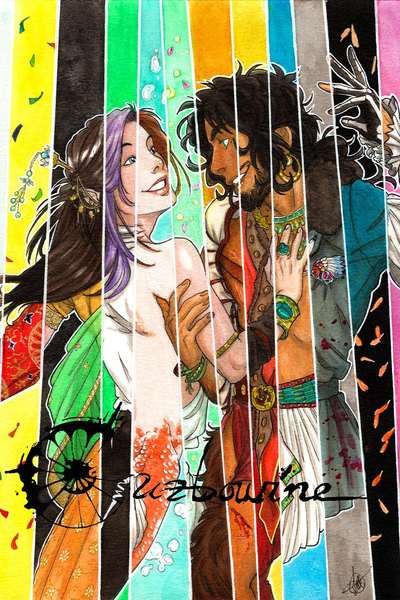
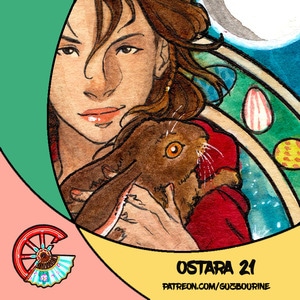
Comments (0)
See all